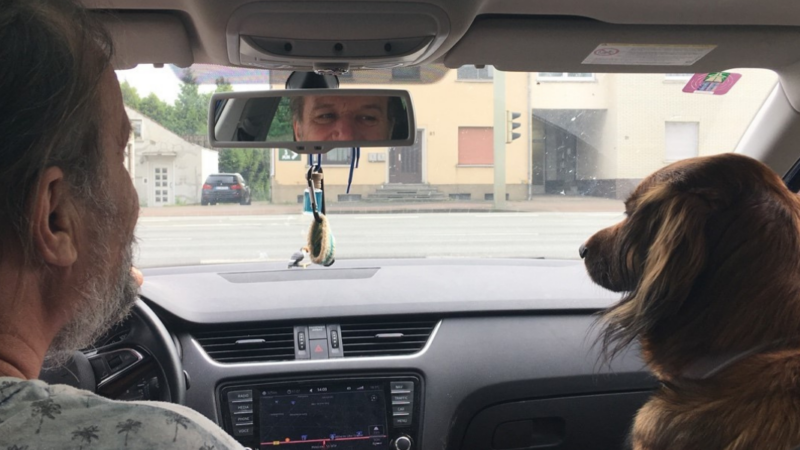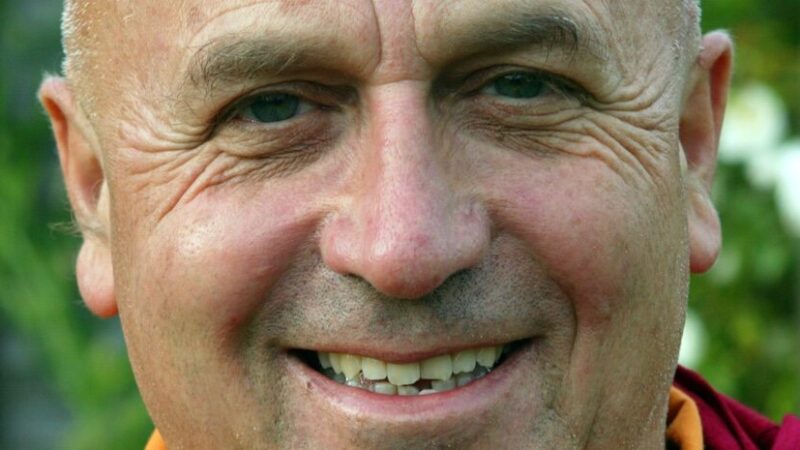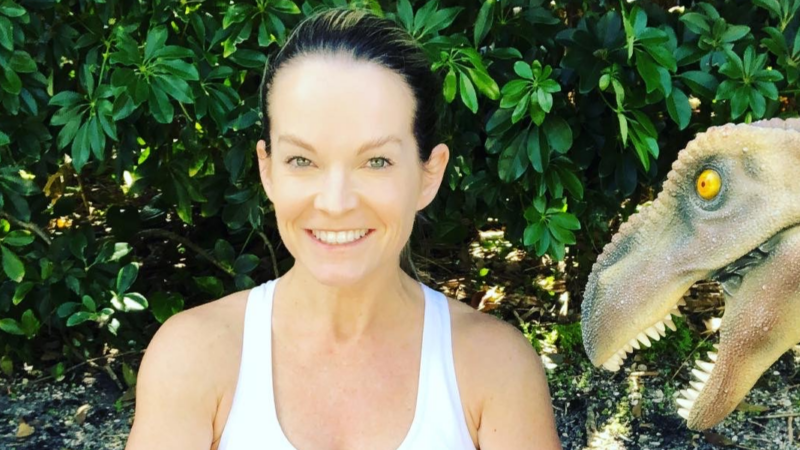-
E117: The Real Work: Letting Go from Within
Michael Singer — October 2, 2025
True spirituality isn’t about mystical experiences or lofty ideals—it’s about honestly facing...
-
Once More: Reflections on Reincarnation and the Gap Between Lives
Tami Simon — September 26, 2025
In this special reflection episode of Insights at the Edge host Tami Simon looks back on her...
-
Honey Tasting Meditation: Build Your Relationship with Sweetness
There is a saying that goes “hurt people hurt people.” I believe this to be true. We have been...
Written by:
Amy Burtaine, Michelle Cassandra Johnson
-
Many Voices, One Journey
The Sounds True Blog
Insights, reflections, and practices from Sounds True teachers, authors, staff, and more. Have a look—to find some inspiration and wisdom for uplifting your day.
Standing Together, and Stepping Up
Written By:
Tami Simon -
The Michael Singer Podcast
Your Highest Intention: Self-Realization
Michael Singer discusses intention—"perhaps the deepest thing we can talk about"—and the path to self-realization.
This Week:
E116: Doing the Best You Can: The Path to Liberation -
Many Voices, One Journey
The Sounds True Blog
Insights, reflections, and practices from Sounds True teachers, authors, staff, and more. Have a look—to find some inspiration and wisdom for uplifting your day.
Take Your Inner Child on Playdates
Written By:
Megan Sherer
600 Podcasts and Counting...
Subscribe to Insights at the Edge to hear all of Tami's interviews (transcripts available, too!), featuring Eckhart Tolle, Caroline Myss, Tara Brach, Jack Kornfield, Adyashanti, and many more.
Most Recent
Meet the Author of The Wim Hof Method
The Author
Wim Hof, a.k.a. “The Iceman,” holds multiple world records for his feats of endurance and exposure to cold—such as climbing Mount Kilimanjaro wearing only shorts and shoes, running a barefoot half-marathon in the Arctic Circle, and standing in an ice-filled container for more than 112 minutes. The benefits of his method, now practiced by millions, have been validated by eight university research studies. For more, visit wimhofmethod.com.
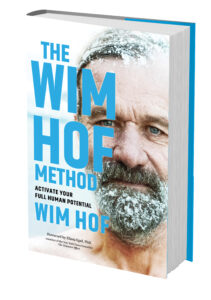 The Book
The Book
Wim Hof shares the life-changing technique that anyone can use to supercharge their capacity for strength, health, and happiness. Join this trailblazing teacher for in-depth instruction on the three pillars of his method (Cold, Breath, and Mindset), the science supporting his techniques, his incredible personal story, and much more.
Show us a day in your life.
Every day is a challenge to do more, as in mindset. My mindset always has been going for the full, everything you got.

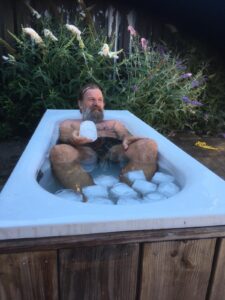 Strong exercising, breathing, postures, power, and ice water.
Strong exercising, breathing, postures, power, and ice water.
I feel everyday gratitude for what has been achieved, which is helping many, many people. My soul knows: you give it all, you get it all.
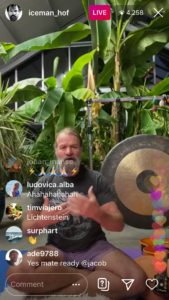
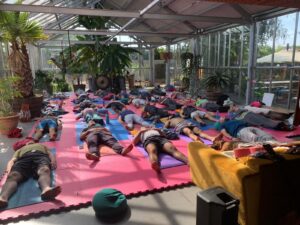

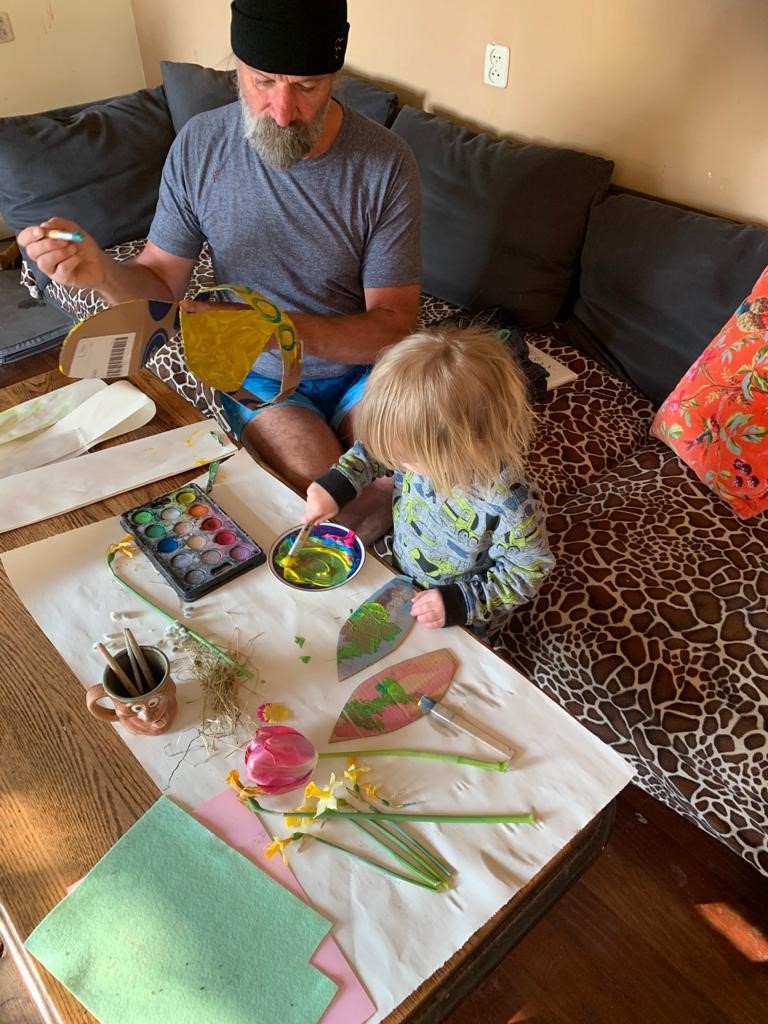
I am very hungry to learn more and go deeper. I spend my days spreading the message as wide as I can. I love my garden, coffee, and my kids—so much richness in my life.
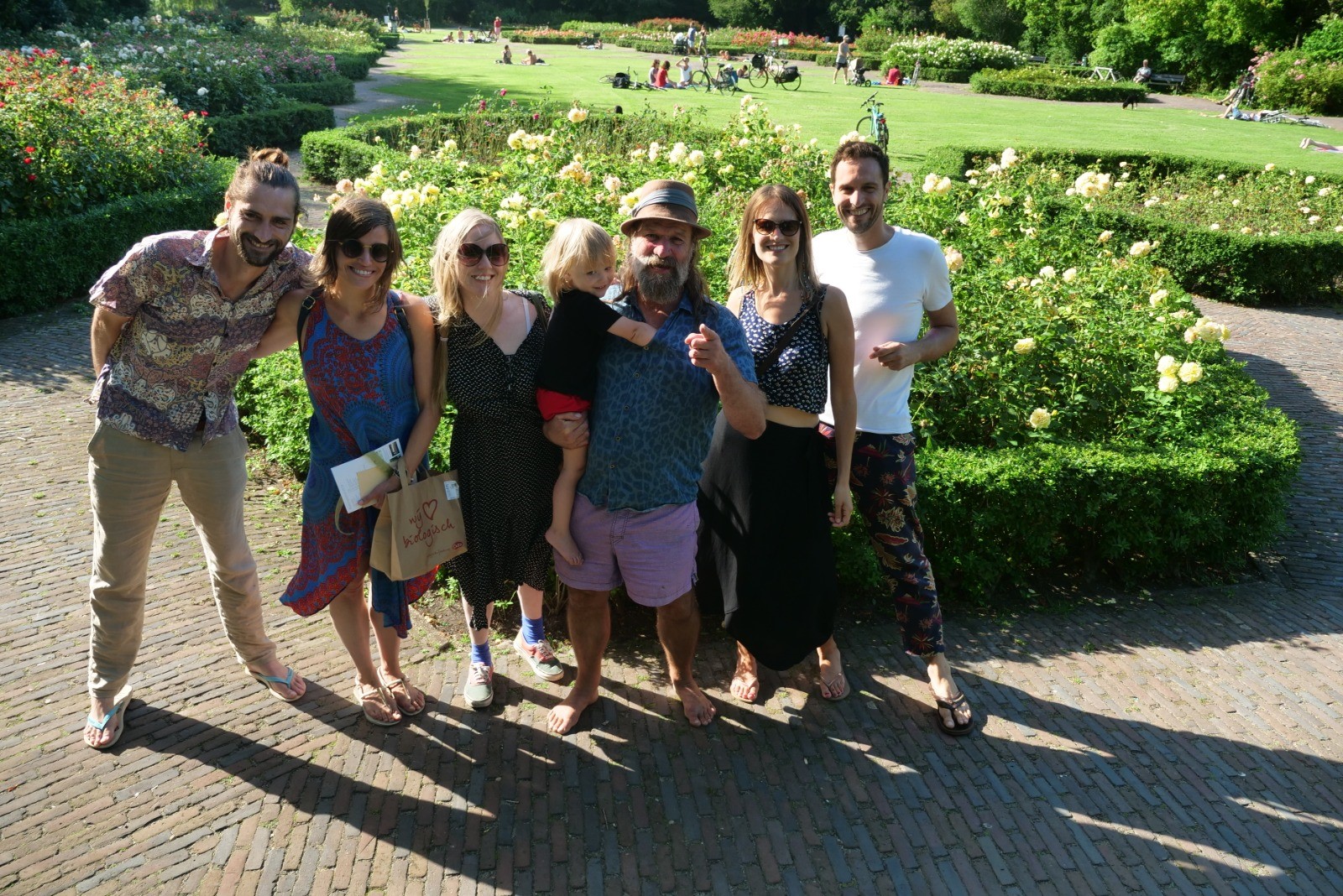
So, I see my everyday routine as a new opportunity to experience full gratitude. I am alive!
Has your book taken on a new meaning in the world’s current circumstances? Is there anything you would have included in your book if you were writing it now?
This book is needed more than ever. We need to not only strengthen our immune systems but to acknowledge that we are capable of dealing with the influx of information by reconnecting with our inner knowing—our core being. Anxiety and stress alike, we are able to create a new foundation for health, happiness, and strength in these challenging times. It’s a great gift to yourself to read this book.
Share a photo of you and your pet. Did your pet have a role in helping you write your book?
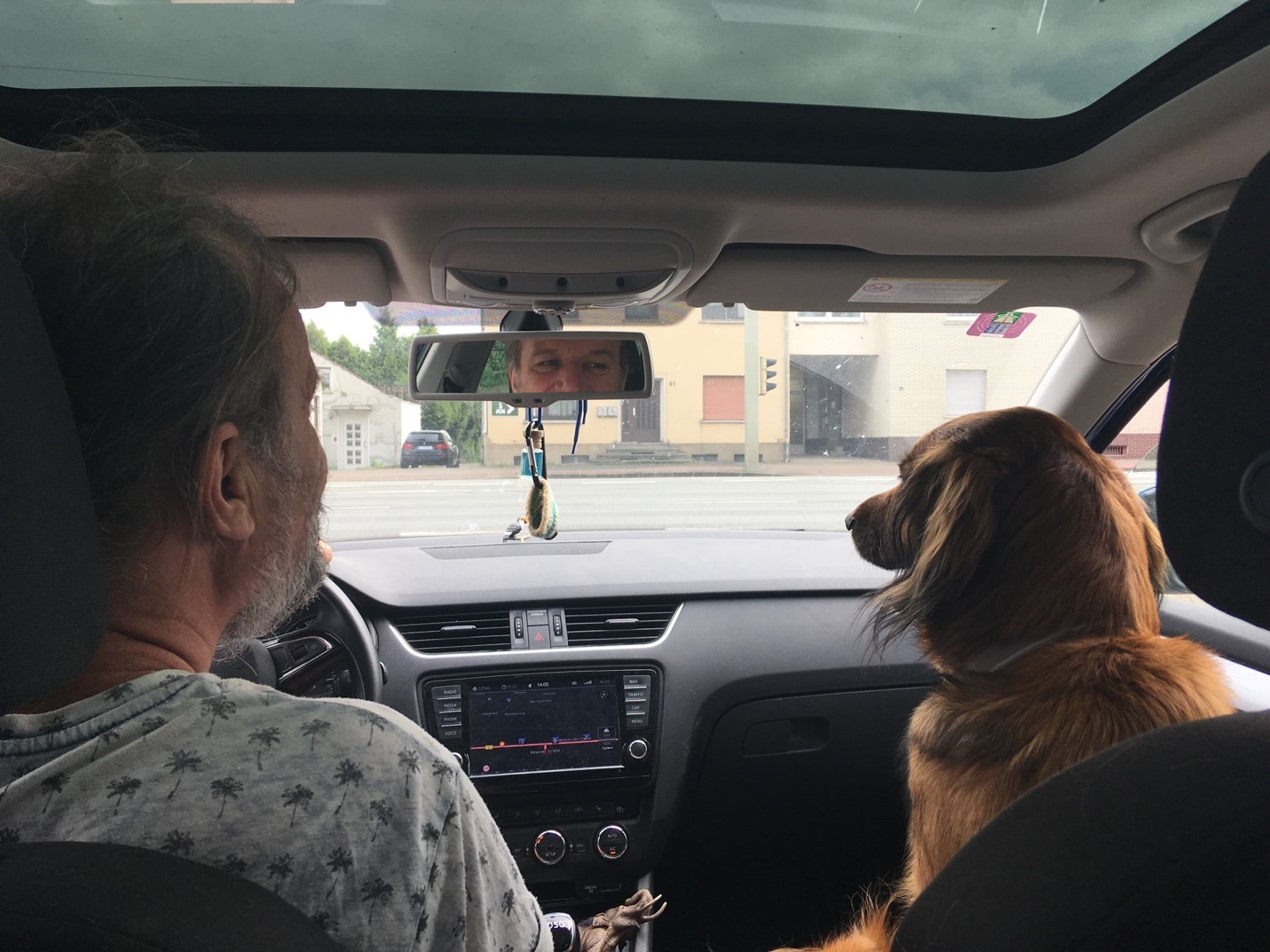
Zina is my guru, she is my brown shadow. She is so unconditionally loyal. She gives me beautiful light—we are true companions.

Learn More
Amazon | Barnes & Noble | Indiebound | Bookshop | Sounds True
Matthieu Ricard: Finding Inner Freedom
Matthieu Ricard is a French author, photographer, translator, and Buddhist monk. With Sounds True, he has joined with coauthors Christophe André, a well-known French psychiatrist, and Swiss philosopher Alexandre Jollien to create two books: In Search of Wisdom: A Monk, a Philosopher, and a Psychiatrist on What Matters Most and, most recently, Freedom for All of Us: A Monk, a Philosopher, and a Psychiatrist on Finding Inner Peace. In this episode of Insights at the Edge, Tami Simon speaks with Matthieu about the path to inner freedom. They discuss the obstacles we encounter on the path, such as addiction or confusing our willpower with true freedom. Matthieu also explores what supports inner freedom, the nature of optimism, and the training we must go through. Finally, they move into the “harvest” that comes from cultivating deep and lasting inner freedom.
Meet the Author of Dinos Don’t Do Yoga
The Author
Catherine Bailey is the author of multiple picture books, including Harbor Bound and Mind Your Monsters. For more, please visit catherinebaileybooks.com.
 The Book
The Book
Rex is a dinosaur with a rough, tough crew. But when a yoga-loving dinosaur comes to town, Rex and his fierce friends discover there’s more to strength than big muscles and bad attitudes. This fun-filled story features timely themes about kindness, friendship, and being able to see past our differences.
Has your book taken on a new meaning in the world’s current circumstances? Is there anything you would have included in your book if you were writing it now?
Dinos Don’t Do Yoga was written back during the calm and quiet of 2018. At the time, it was simply a funny story about a grumpy T. rex. Today we are living in a very different world. Things have changed dramatically in terms of how people interact with each other—from social distancing to increased activism.
So now when I read Dinos Don’t Do Yoga, the relationships between the characters are more meaningful. I hope my readers see kindness, acceptance, and connection (in addition to a funny story!). I also hope that the book inspires children to explore yoga as a physical means of dealing with the stress of these crazy times. Yoga is a beautiful way to get back to a happy mental space.
After all, if dinos can do it—so can we!

Send us a photo of you and your pet, and let us know if your pet had any role in helping you write your book!
Here we have a snapshot of the world’s most annoyed cat. I decided to share this particular picture because it reminded me of the Dinos Don’t Do Yoga cover. The illustrator of the book, Alex Willmore, brilliantly contrasted the highly disgruntled Rex (complete with eye twitch!) with his blithely happy costar, Sam. I laugh every time I see that artwork!
The same is true for this photograph of myself and our family cat, Chloe. This picture was taken right after her first (and probably last) bath. In my defense, I only bathed her because she had a small flea problem. She still has not forgiven me.
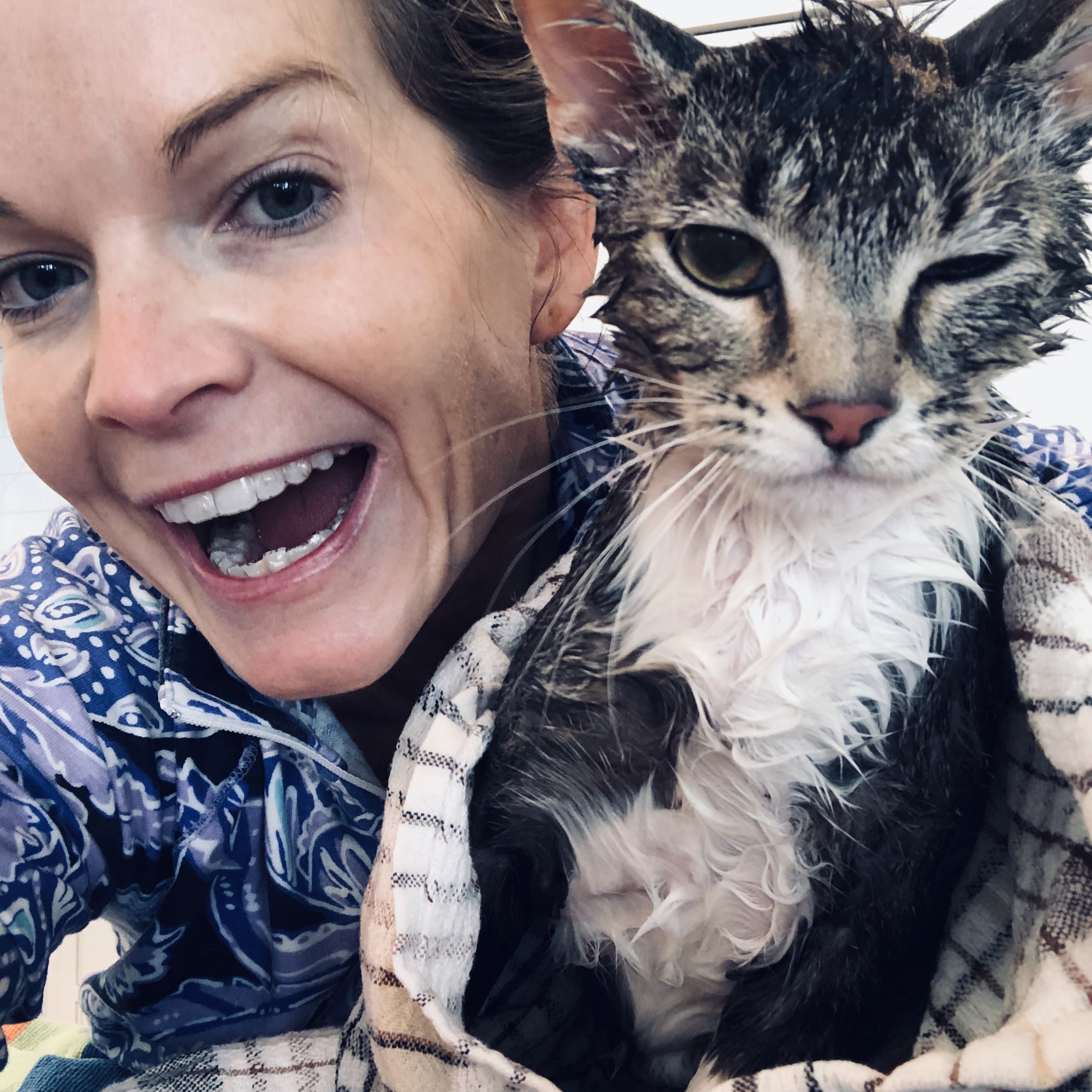
What is something about you that doesn’t make it into your author bio?
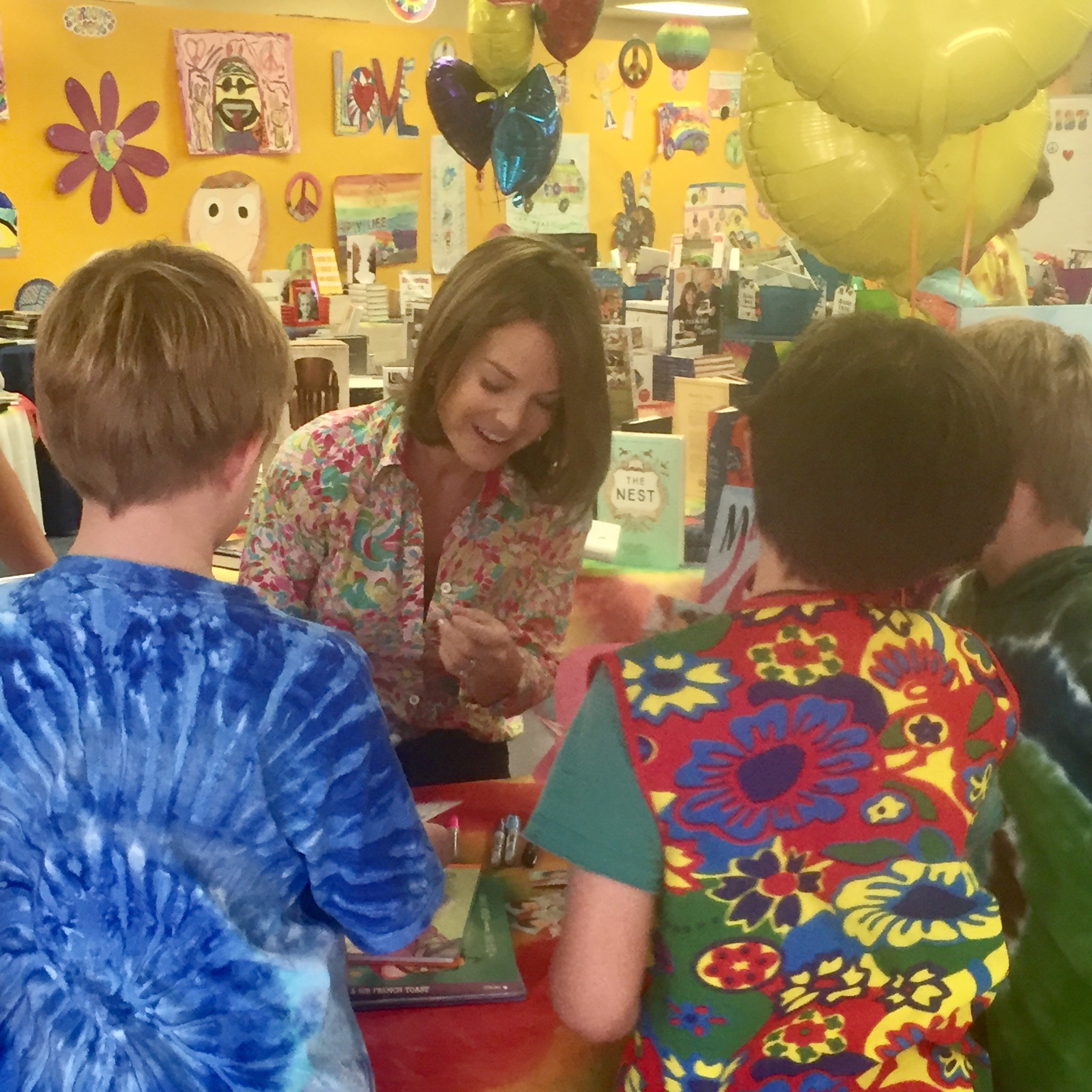
My author biography contains all sorts of fun tidbits, but it doesn’t mention this one cool thing about me: I am kid-sized! By which I mean I’m very short for my age. You cannot tell from (most) pictures, but even though I am an official middle-aged grown-up, I am only 4’8” tall. That is about the size of the average second grader!
So why do I mention it? What’s so great about being super small? Well, a lot of things! But best of all is that it makes me empathetic and mindful of other people’s differences. And that makes me a better writer. For example, it was easy for me to create the characters of Rex (challenged by his petite arms) and Sam (a true “outsider”) in Dinos Don’t Do Yoga. It is true what they say—great things come in small packages.

Learn More
Sounds True | Amazon | Barnes & Noble | IndieBound | Bookshop
Customer Favorites
Rick Doblin: The Psychedelic Renaissance
Rick Doblin, PhD, is a Harvard-trained researcher and the founder of MAPS—the Multidisciplinary Association for Psychedelic Studies. Rick and MAPS work to develop a legal framework for the application of psychedelic drugs both as medication and for personal psychological growth. In this episode of Insights at the Edge, Tami Simon speaks with Rick about the current clinical research surrounding the use of MDMA to treat post-traumatic stress disorder, as well as many other possibilities for other psychedelic-assisted therapies. They talk about the current “psychedelic renaissance” in therapeutic treatment, reflecting on some of the risks of such drug-assisted regimens and the need for careful integration of psychedelic experiences. With this in mind, Tami and Rick discuss his relationship with the Zendo Project, a department of MAPS devoted to helping individuals who are having emotionally challenging psychedelic experiences at festivals and events. Finally, Rick explains his own lifelong relationship with psychedelic drugs, including his hopes for future treatments and a national “coming out party” of prominent individuals who can attest to the difference psychedelics have made in their lives. (73 minutes)
“Cranky” Is a Perfect Word
Dear Sounds True Friends,
“Cranky” is a perfect word. It feels like it sounds; the way it forms in your mouth fits the emotion. It’s perfect for that place between truly sad and properly angry, for times when we ought not to get so upset about trifling things, but we can’t help it. At least, not at first.
We’re allowed to be sad when hard times come. We’re allowed to be angry in the face of real injustice. But the papercuts of life? The whacked elbows and burnt toast, the stolen parking spots and somebody-took-the-last-cookie days? Not so much.
We’re supposed to take those moments in stride. We’re supposed to maintain our equilibrium. But moods are unruly and feelings don’t like to be bossed around. “Cranky” is the perfect word for those times when we feel resentful, irritated, and annoyed, but we know our cause isn’t especially sympathetic. When Murphy’s Law strikes, and we’re not yet ready to laugh it off.
I’m supposed to be patient and mature at times like these, but I can be a great big Crankypants. Knowing I’m not supposed to feel cranky only makes me more cranky. Next thing you know, I’m spiraling. (I’m probably the only one …)
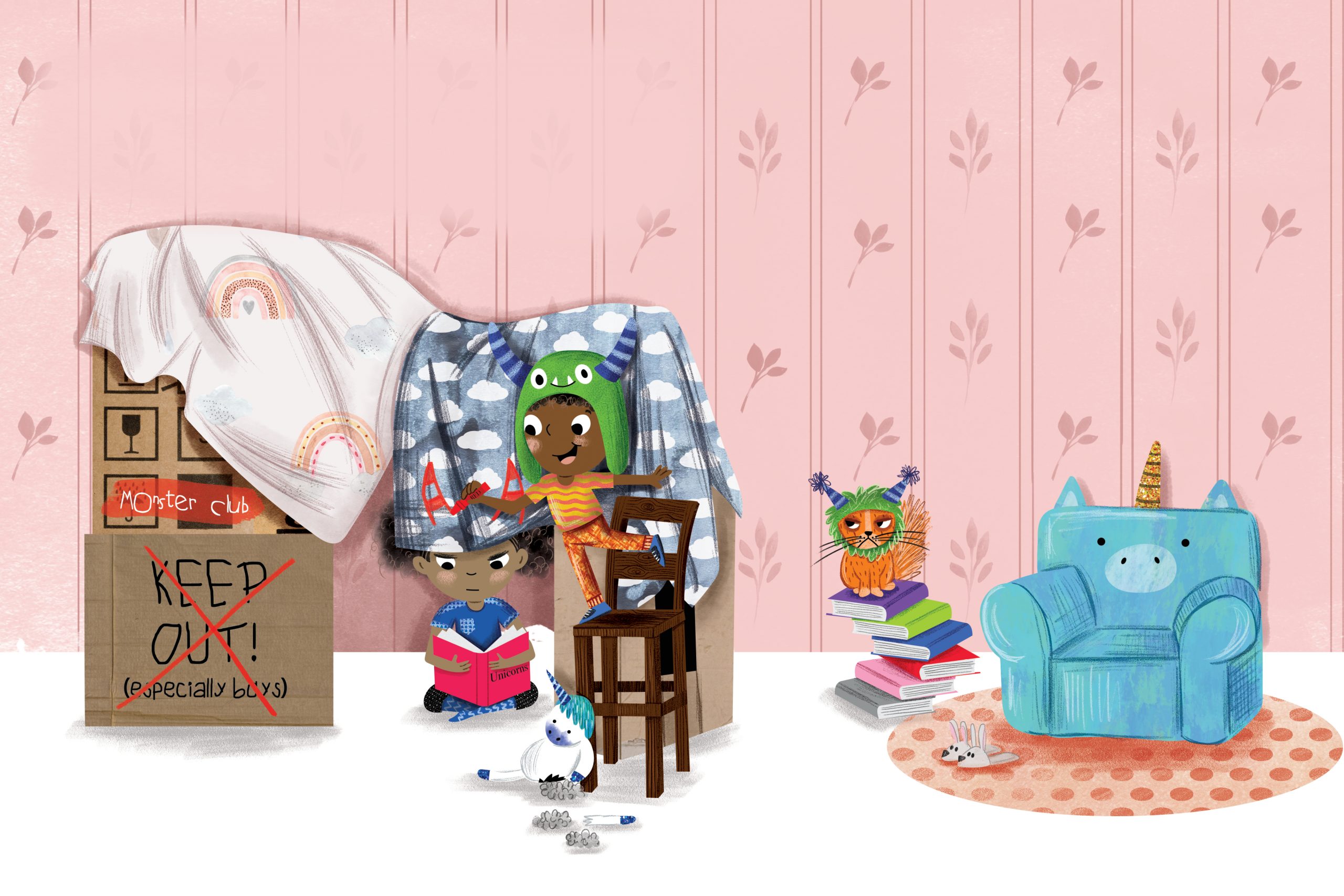
Kids are no different. Life in families presents us all with nuisances and irritations. No one escapes a school day or a trip to the store unscathed. Life jostles us, but for kids, whose time and choices are largely directed by others, those feelings of powerlessness, of being managed and judged by someone who just doesn’t get it—and to be fair, sometimes we don’t get it; we weren’t there; we are quick to assume—those feelings can be maddening.
I wrote Cranky Right Now to give kids, parents, families, and teachers a way to talk about cranky times. and especially, a way to laugh about them. Illustrator extraordinaire Holly Hatam’s hilarious illustrations bring the magic. I hope you’ll giggle along with the vexed heroine of Cranky. It’s actually the first step forward. It’s easier to spot the absurdity in someone else’s cranky fit than our own, but the lessons still sink in. Humor is a powerful antidote to being a Crankypants.
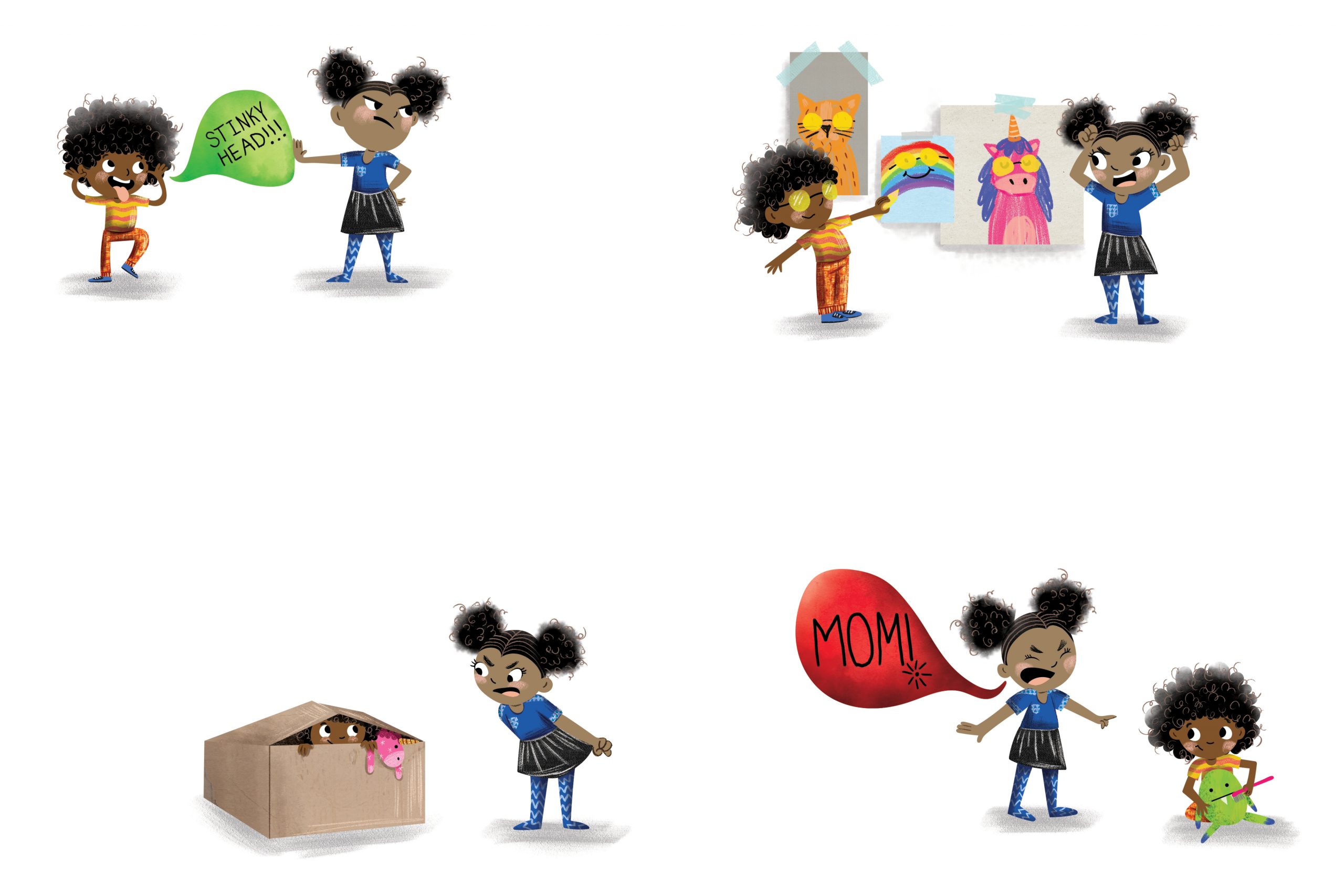
Sometimes simply having that perfect word, “cranky,” in our arsenal helps. When we can recognize, “Hey, I’m not actually deeply upset right now; everything’s more or less okay; I’m just cranky right now, and it will pass,” we’re already halfway home.
So get ready to giggle at the heroine of Cranky Right Now as she explores strategies for coping with crankiness. They may help the young people in your life. They may even help you. Not that you have a crankiness problem! Heavens, no. It’s those others around you. They started it …
Yours in absurdity,
Julie Berry
 JULIE BERRY is the author of many books for children, including Wishes and Wellingtons, The Scandalous Sisterhood of Prickwillow Place, and Happy Right Now. Her novel Lovely War was a New York Times bestseller, and The Passion of Dolssa was a Printz Honor title. Three things that make Julie cranky are paperwork, chewed pens and pencils, and mornings that come too soon. She lives with her family in Southern California. Learn more at julieberrybooks.com.
JULIE BERRY is the author of many books for children, including Wishes and Wellingtons, The Scandalous Sisterhood of Prickwillow Place, and Happy Right Now. Her novel Lovely War was a New York Times bestseller, and The Passion of Dolssa was a Printz Honor title. Three things that make Julie cranky are paperwork, chewed pens and pencils, and mornings that come too soon. She lives with her family in Southern California. Learn more at julieberrybooks.com.
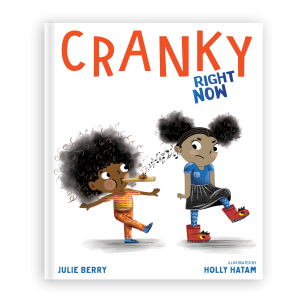
Learn more and buy now
Amazon | Barnes & Noble | IndieBound | Bookshop | Sounds True
Jewish Meditation
Tami Simon speaks with Rabbi David Cooper, one of today’s leading teachers of Jewish meditation. Rabbi Cooper is author of many books, including God Is a Verb and The Heart of Stillness. His programs with Sounds True include Invoking Angels, The Beginner’s Guide to Kabbalah, and two six-CD audio learning courses, Mystical Kabbalah and Seeing Through the Eyes of God. In this episode, Tami speaks with David about the ability of the Sabbath to restore our soul, the power of using Hebrew mantras in our meditation, what angels are and how we can relate to them, and a guided meditation for calling on help and support at any time in our lives. (67 minutes)

